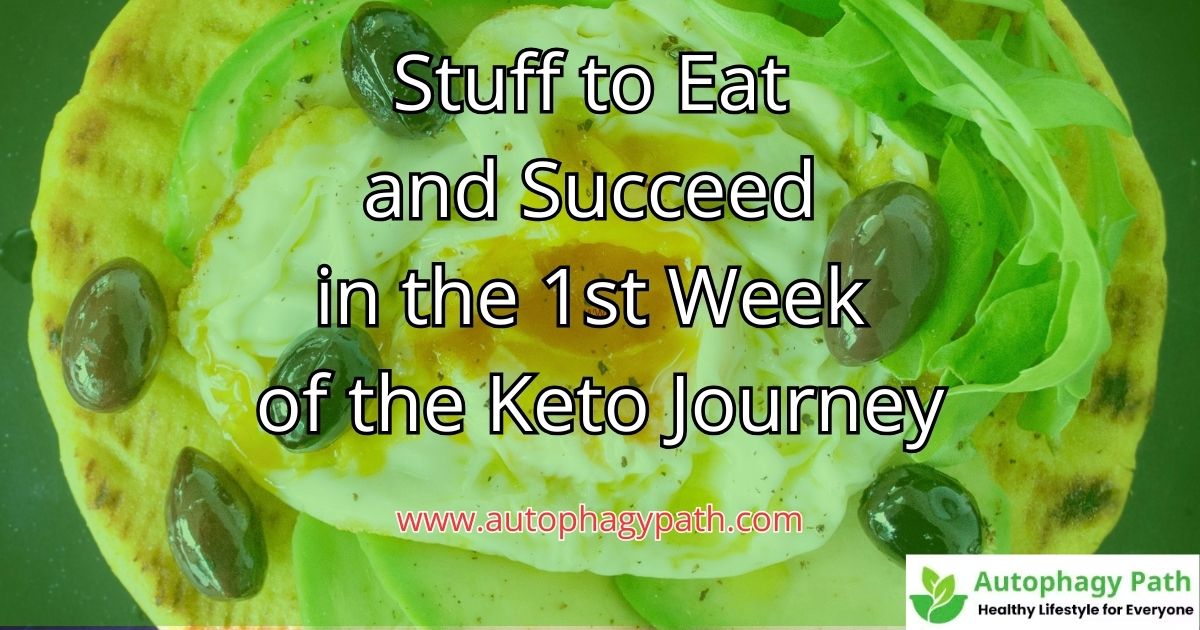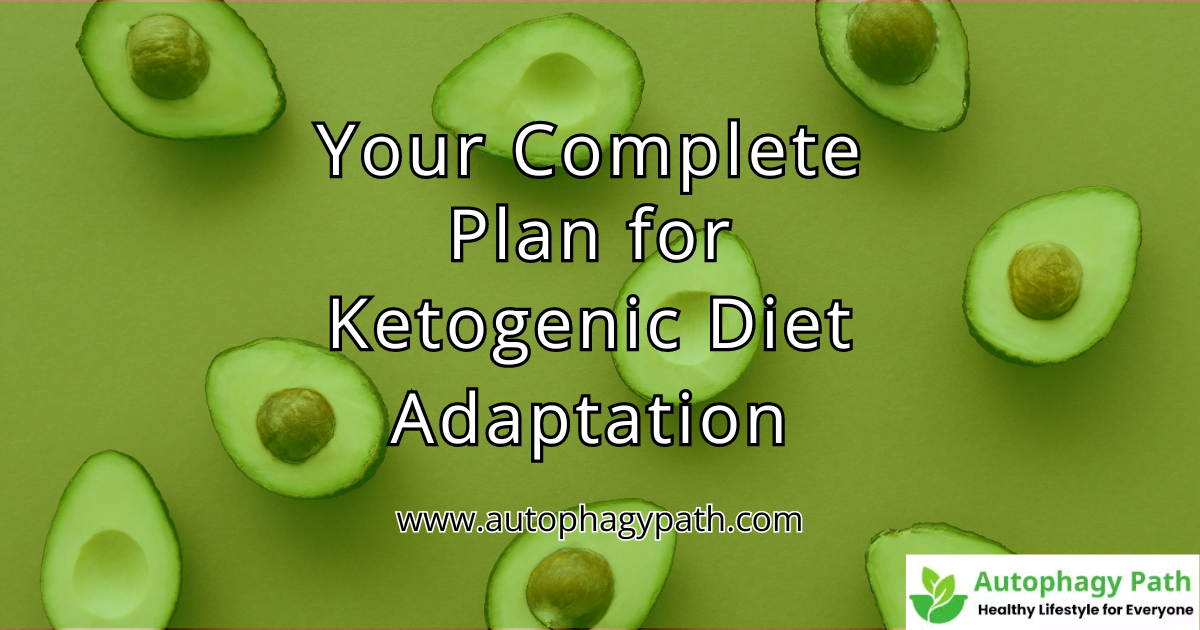What Do You Eat in the First Week of the Keto Diet
“Spearheading your Beginning Week: Stuff to Eat and Succeed on Keto”
What Do You Eat in the First Week of the Keto Diet is a million-dollar question for beginners.
When they begin their keto diet meal plan for weight loss, this puzzle lingers in their minds unresolved by question themselves on what to avoid on a keto diet.
Table of Contents
First Week in the keto diet meal plan for weight loss
Welcome to the exciting world of the ketogenic diet! Upsking this journey can be thrilling and challenging, especially in the first week. But fear not. We help you to take it forward in all respects to eat on the keto diet.
This comprehensive guide will explore what to eat during your first week on a keto diet, provide a detailed meal plan, offer tips for success, and answer common questions. Whether you are a newbie or looking to refresh your keto knowledge or do you eat it, this post is for you.

What does it mean by ketogenic diet?
The ketogenic diet, or keto diet for short, is a high-fat, moderate protein, low-carbohydrate eating plan designed to put your body in ketosis. Ketosis occurs when your body switches from using glucose as its primary fuel source to using ketones from fats.
By drastically reducing your carb intake and increasing fat consumption, you encourage your body to burn fat for energy, leading to weight loss and other health benefits.
Benefits of the keto diet or ketogenic diet
The primary benefit of the Keto Diet is Weight Loss. By entering ketosis, your body becomes more efficient at burning body fat, making it an effective way to shed excess pounds.
Additionally, many people on keto report increased energy levels improved mental clarity, and better blood sugar control. Some studies even suggest that the keto diet may have therapeutic effects for medical conditions like epilepsy and type 2 diabetes.
Getting started: Preparing for your first few weeks.
Before diving into your first week of keto, it is essential to do some preparation. Start by cleaning out your pantry and refrigerator of any high-carb foods like bread, pasta, and sugary snacks.
Stock up on keto-friendly ingredients such as meat, fish, eggs, cheese, low-carb vegetables, and healthy fats like olive oil and avocados. Having the foods on hand preferably avoiding total carbs will make it to your new eating plan.
Here is a sample Indian vegetarian meal plan for the first week on a ketogenic diet consisting of breakfast lunch and dinner:
Day 1:
- Breakfast: Paneer Bhurji (scrambled paneer with spices and veggies) cooked in ghee.
- Lunch: Palak Paneer (spinach and paneer curry) with cucumber and mint raita.
- Dinner: Cauliflower rice pulao with mixed vegetables cooked in coconut oil.
Day 2:
- Breakfast: Keto dosa made with almond flour and coconut flour served with coconut chutney.
- Lunch: Stir-fried tofu with bell peppers, broccoli, and mushrooms in a sesame oil sauce.
- Dinner: Zucchini noodles (zoodles) with creamy tomato and basil sauce topped with grated cheese.
Day 3:
- Breakfast: Keto-friendly smoothie with spinach, avocado, coconut milk, and a scoop of protein powder.
- Lunch: Eggplant curry (baingan bhartha) cooked in ghee and spices, served with cauliflower rice.
- Dinner: Stir-fried cabbage and paneer with Indian spices like cumin and turmeric.
Day 4:
- Breakfast: Keto-friendly almond flour pancakes topped with butter and sugar-free syrup.
- Lunch: Spinach and cheese stuffed mushrooms baked with a sprinkle of mozzarella.
- Dinner: Tofu tikka masala cooked in a rich tomato and cream sauce, served with sautéed spinach.
Day 5:
- Breakfast: Coconut flour porridge sweetened with stevia and topped with sliced almonds and coconut flakes.
- Lunch: Cabbage and capsicum stir-fry with peanuts and a dash of soy sauce.
- Dinner: Keto-friendly vegetable biryani made with cauliflower rice, mixed vegetables, and aromatic spices.
Day 6:
- Breakfast: Chia seed pudding with coconut milk, topped with fresh berries and a sprinkle of cinnamon.
- Lunch: Stir-fried paneer cubes with bell peppers, onions, and tomatoes in a spicy masala.
- Dinner: Cauliflower crust pizza with low-carb marinara sauce, cheese, and your favourite veggie toppings.
Day 7:
- Breakfast: Keto-friendly stuffed bell peppers filled with scrambled tofu, cheese, and herbs.
- Lunch: Broccoli and cheese soup made with heavy cream and garnished with roasted pumpkin seeds.
- Dinner: Stir-fried tofu and broccoli in a garlic and ginger sauce served over a bed of cauliflower rice.
Adjust portion sizes and ingredients based on your keto macros and preferences. Enjoy exploring the delicious world of Indian vegetarian keto meals!
Let’s dive deeper into the Indian vegetarian keto meal plan for the first week and explore additional aspects of following a ketogenic diet that includes good-calorie examples including stuff for lunch dinner and breakfast.
Day 1 Continued:
For a mid-day snack on day 1, you can enjoy a handful of roasted salted almonds or keto-friendly cucumber slices with a dollop of cream cheese.
Day 2 Continued:
In the mid-day, consider having a small bowl of Greek yoghurt mixed with chopped mint leaves and a sprinkle of cumin powder for a refreshing and satiating snack.
Day 3 Continued:
As an afternoon snack, indulge in a plate of sliced cucumbers and bell peppers dipped in a homemade keto-friendly hummus made with tahini, lemon juice, garlic, and olive oil.
Day 4 Continued:
For a quick and easy snacking, you can have a small bowl of mixed berries like strawberries, raspberries, and blackberries topped with whipped cream or coconut cream.
Day 5 Continued:
In the mid-day, enjoy a handful of roasted salted peanuts or almonds for a crunchy snack that provides healthy fats and protein.
Day 6 Continued:
For a snack, try making keto-friendly vegetable fritters using ingredients like grated zucchini, cauliflower, and cheese mixed with almond flour and spices, then pan-fried until crispy.
Day 7 Continued:
As an afternoon snack, have a small bowl of keto-friendly yogurth topped with crushed walnuts and a drizzle of sugar-free maple syrup for a creamy and indulgent treat.

Additional Tips for Indian Vegetarian Dinner Breakfast Lunch Keto Success
- Experiment with spices: Indian cuisine is rich in flavorful spices like turmeric, cumin, coriander, and fenugreek. Incorporate these spices into your keto dishes to add depth of flavour without adding extra carbs.
- Choose healthy fats: Opt for healthy fats like coconut oil, ghee, olive oil, and avocados in your cooking. These fats enhance the taste of your meals but help keep you full and satisfied.
- Include plenty of low-carb vegetables: Load up on non-starchy vegetables like spinach, kale, broccoli, cauliflower, zucchini, and bell peppers. These veggies are low in carbs and high-in fibre, vitamins, and minerals, making them ideal for a keto diet.
- Be mindful of protein sources: While paneer, tofu, and eggs are excellent vegetarian proteins on keto, be cautious of their carb content. Opt for lean cuts of paneer and tofu, and incorporate eggs in moderation to stay within your daily carb limit.
- Stay hydrated: To balance your metabolic detoxication measures, keep hydrated by clenching your thirst signals periodically. You can also enjoy herbal teas like green, chamomile, and peppermint tea.
- Plan: Take some time to plan your meals and snacks for the week ahead. Having a meal plan and prepping ingredients in advance can save time and make sticking to your keto diet easier.
- Listen to your body: Draw attention to how your body responds to the keto diet. If you experience discomfort or unusual symptoms, consult a healthcare professional for guidance and adjustments.
Frequently Asked Questions
What should I do during the first week of keto?
During the first week of a keto diet, focus on:
Reducing carbs: Limit your carb intake to around 20-50 grams daily to induce ketosis.
Increasing fats: Consume healthy fats like avocados, olive oil, and nuts to fuel your body.
Moderate protein: Maintain a moderate protein intake to support muscle health without affecting ketosis.
Stay hydrated: Drink plenty of water to aid digestion and prevent dehydration.
Monitor ketones: Use ketone strips or a ketone meter to track your ketone levels and ensure you’re in ketosis.
Be patient: Allow your body time to adjust to the new eating plan and listen to your body’s signals.
What is the hardest week of keto?
The hard week of keto is typically the first week, also known as the adaptation phase. During this time, your body is transitioning from using glucose as its primary fuel source to burning fat for energy, which can lead to symptoms known as “moderate keto fever.”
The illness symptoms of unusual consequences may consist of fatigue, headaches, irritability, and cravings as your body gets accustomed to ketosis slowly but steadily.
Staying hydrated, consuming electrolytes, and being patient is crucial during this phase to help ease discomfort and support your body’s adaptation to the ketogenic diet.
What does it happen during the initial 3 days of keto?
During the first three days of starting a ketogenic diet, several changes occur in your body as it transitions from using glucose to ketones as its primary fuel source:
Depletion of Glycogen Stores: As you significantly reduce your carbohydrate intake, your body starts depleting its glycogen stores. Glycogen is a form of stored glucose in your muscles and liver, and its depletion is one of the initial steps toward ketosis.
Transition to Ketosis: With reduced glycogen stores and low carbohydrate intake, your body starts producing ketones from fats in the liver. This transition to ketosis typically begins within 2-3 days but may vary from person to person based on factors like carb intake and metabolic health.
Keto Flu Symptoms: Some individuals may experience the “keto flu” during the first few days. These symptoms can include fatigue, headaches, irritability, brain fog, muscle cramps, and sugar cravings. The keto flu is a temporary phase as your body adjusts to using ketones for energy instead of glucose.
Electrolyte Changes: As your body shifts into ketosis, there can be changes in electrolyte levels, particularly sodium, potassium, and magnesium. It’s essential to replenish these electrolytes through food sources or supplements to maintain proper hydration and support nerve and muscle function.
Appetite Changes: Many people experience a decreased appetite as they enter ketosis. The production of ketones has appetite-suppressing effects and weight loss goals.
Overall, the first three days of keto mark the initial stages of metabolic adaptation, where your body switches from relying on carbohydrates to utilizing fats and ketones for energy. It’s crucial to stay hydrated, replenish electrolytes, and be mindful of potential keto flu symptoms during this period.
Can you lose 10 pounds in the first week of keto?
Losing 10 pounds in the first week of a keto diet is uncommon and not typically recommended as a sustainable or healthy rate of weight loss.
The initial weight loss experienced during the first week of keto is often attributed to water weight due to glycogen depletion and reduced carbohydrate intake.
It’s more realistic to aim for a gradual and steady weight loss of 1-2 pounds per week on a ketogenic diet, focusing on long-term health and sustainability rather than rapid weight loss.
Conclusion
Congratulations on completing your first week on the keto diet. By following a balanced meal plan, staying hydrated, and practicing patience, you are well on your way to achieving your health and wellness goals.
Remember to listen to your body, adjust as needed, and enjoy the journey to a healthier you. Keep up the great work, and here is to a successful keto journey ahead.
By following these additional tips and staying consistent with your Indian vegetarian keto meal plan, you can enjoy the benefits of ketosis while savouring delicious and nutritious meals tailored to your dietary preferences. Happy keto cooking and eating







